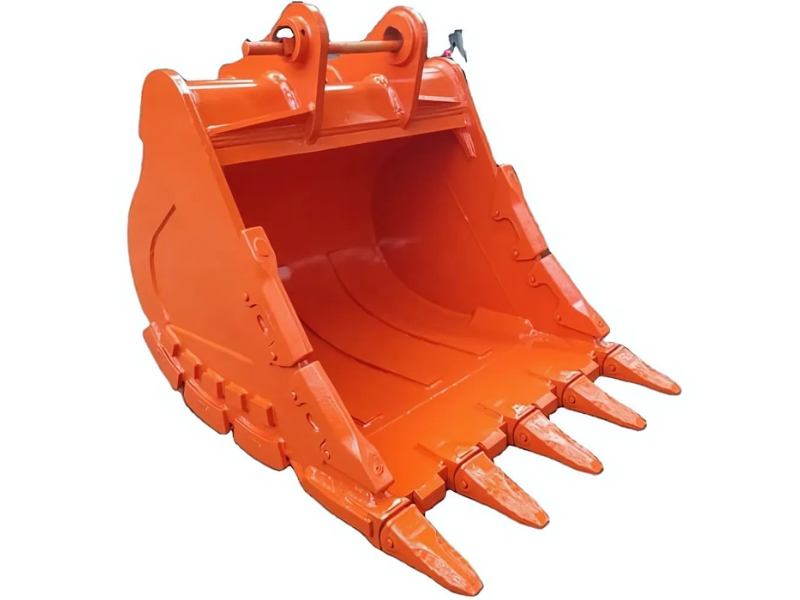
In the world of construction and mining, efficiency is key. Excavation projects, whether small-scale or large-scale, demand equipment that not only delivers precision but also maximizes productivity. One tool that has increasingly become a game-changer in this domain is the rock bucket. Designed specifically for handling heavy, abrasive materials, rock buckets can transform the way excavation projects are executed.
A rock bucket is a specialized attachment for excavators, loaders, and backhoes, engineered to handle tough materials like rocks, stones, and debris. Unlike standard buckets, rock buckets are reinforced with heavy-duty materials and often feature wear-resistant edges to withstand high impact and abrasion. This makes them ideal for projects in rocky terrains, quarries, demolition sites, and areas where conventional digging tools struggle.
Durable Construction: Rock buckets are built from high-strength steel, often with reinforced side cutters and bottom plates, ensuring they can handle abrasive materials without bending or breaking.
Optimized Design: Many rock buckets feature a narrow, tapered design that allows for precise digging and penetration into hard soil or rocky surfaces.
Enhanced Capacity: Modern rock buckets are designed to carry more material per scoop, which reduces the number of cycles required to complete a task, improving overall productivity.
Wear Resistance: The cutting edges of rock buckets are often replaceable and made of wear-resistant materials to prolong the life of the attachment.
One of the most significant advantages of a rock bucket is the efficiency it brings to excavation tasks. Its robust construction allows operators to dig into rocky terrain with ease, reducing the time and effort compared to using standard buckets. Less downtime and fewer attachments needed mean projects can be completed faster, saving both time and money.
Excavating in rocky areas without the right equipment can put immense strain on machinery, leading to frequent maintenance and repair costs. Rock buckets, with their reinforced edges and durable design, protect the machine from excessive stress. This reduces wear and tear, extending the lifespan of both the bucket and the host equipment.
From quarrying to road construction, rock buckets are versatile enough to handle multiple tasks. They can scoop up loose rocks, break through compacted soil, and even assist in light demolition. This versatility reduces the need for multiple attachments, allowing operators to switch between tasks seamlessly.
Handling rocks and debris can be dangerous without proper equipment. Rock buckets offer better control during excavation, minimizing the risk of accidents caused by flying debris or equipment instability. Operators can maneuver rocks safely, ensuring a safer working environment.
Choose the Right Size: Match the bucket size to your excavator and the type of material. An oversized bucket can overburden the machine, while an undersized bucket reduces productivity.
Maintain Cutting Edges: Regular inspection and replacement of cutting edges ensure optimal penetration and reduce wear.
Use Proper Technique: Operators should use smooth, steady movements and avoid sudden jerks to reduce stress on both the bucket and machine.
Inspect Material Before Digging: Identifying large boulders or debris in advance can help plan the excavation approach, avoiding unnecessary strain on the bucket.
Incorporating a rock bucket into your excavation projects is a strategic choice that boosts productivity, ensures durability, and enhances safety. With its specialized design and robust construction, a rock bucket is more than just an attachment—it’s an investment in efficiency and long-term operational success. Whether you are managing a construction site, quarry, or demolition project, leveraging the power of rock buckets can transform how you approach excavation tasks.
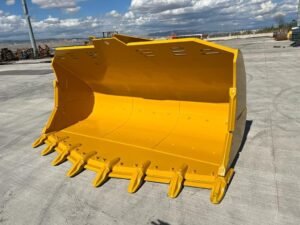
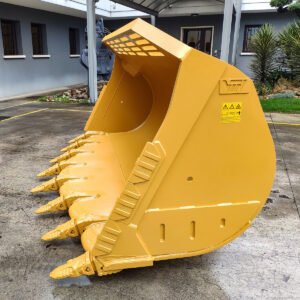
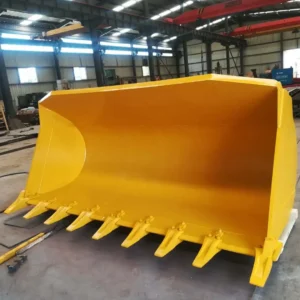
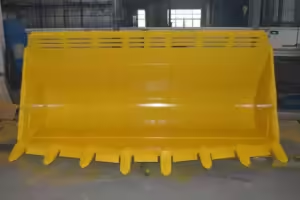
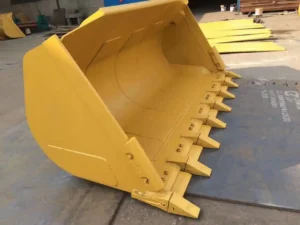
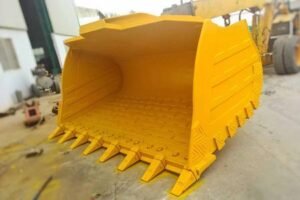
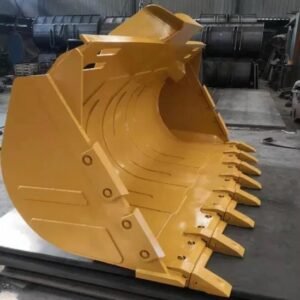
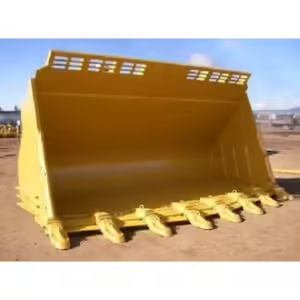
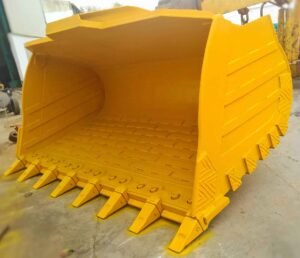
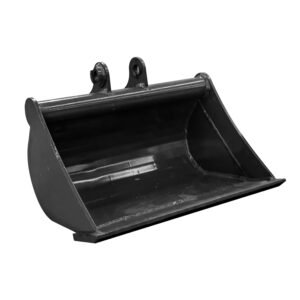
TEAM. All Rights Reserved. Developed by Pixel Tech.